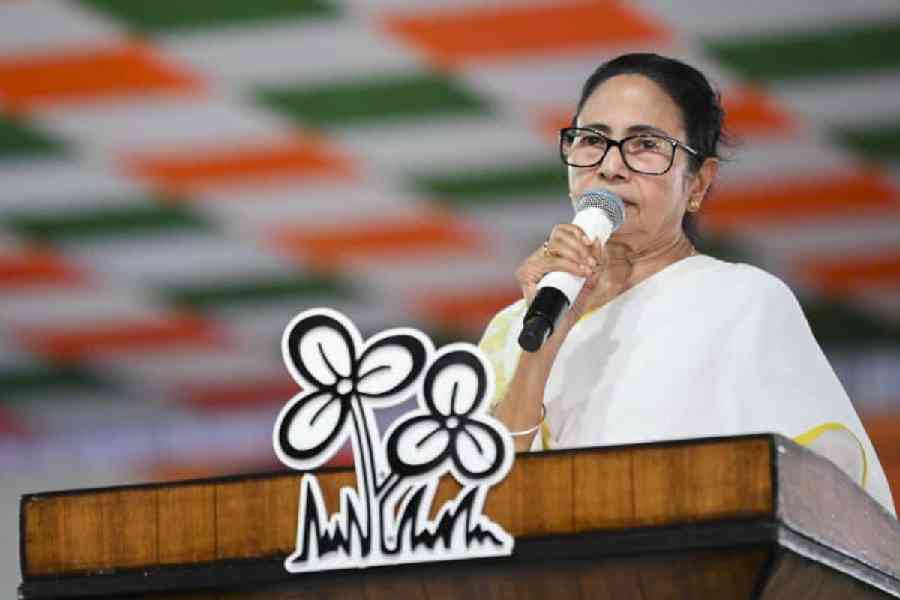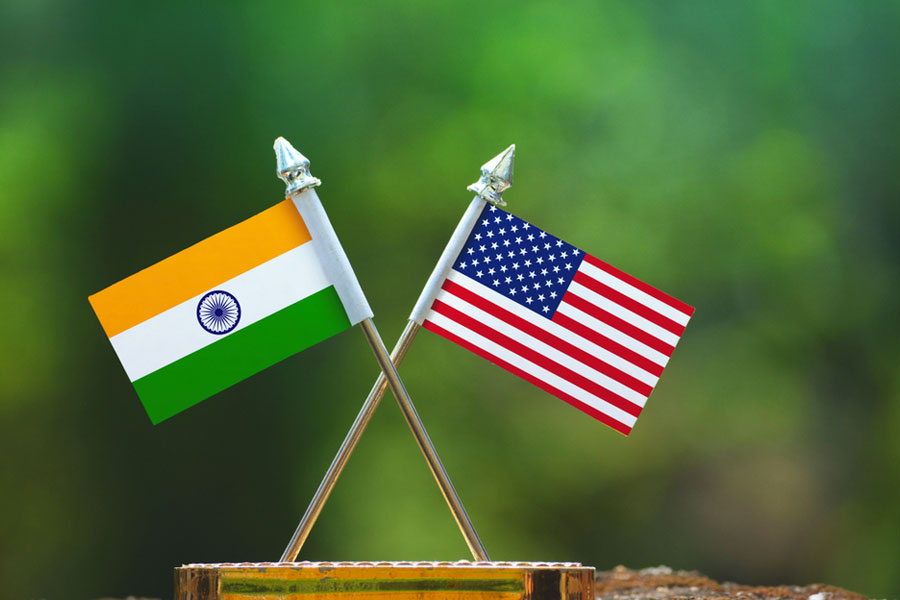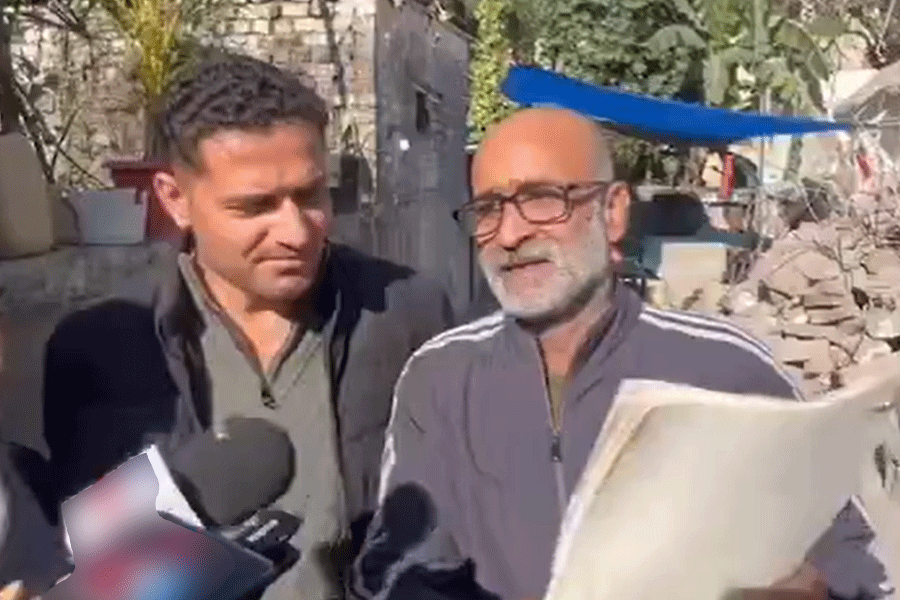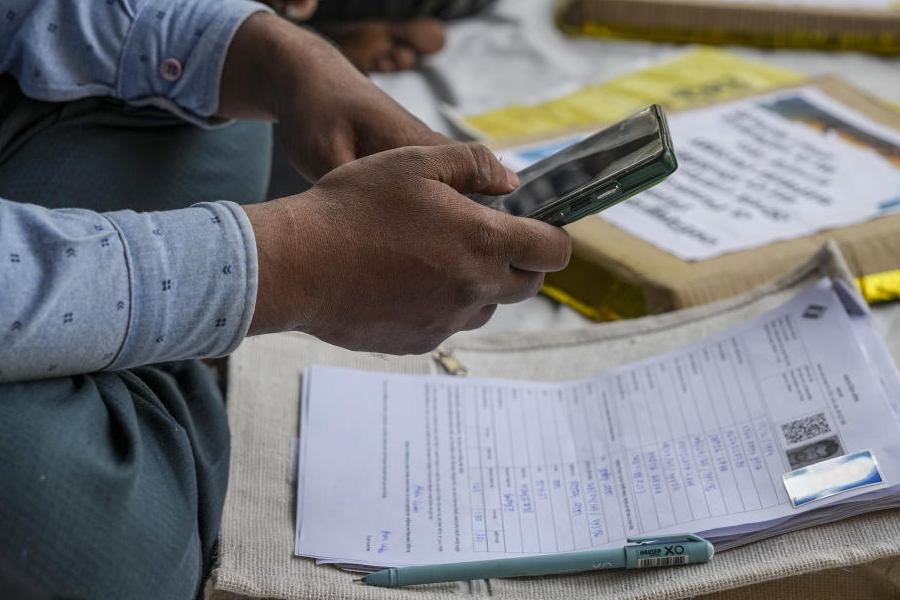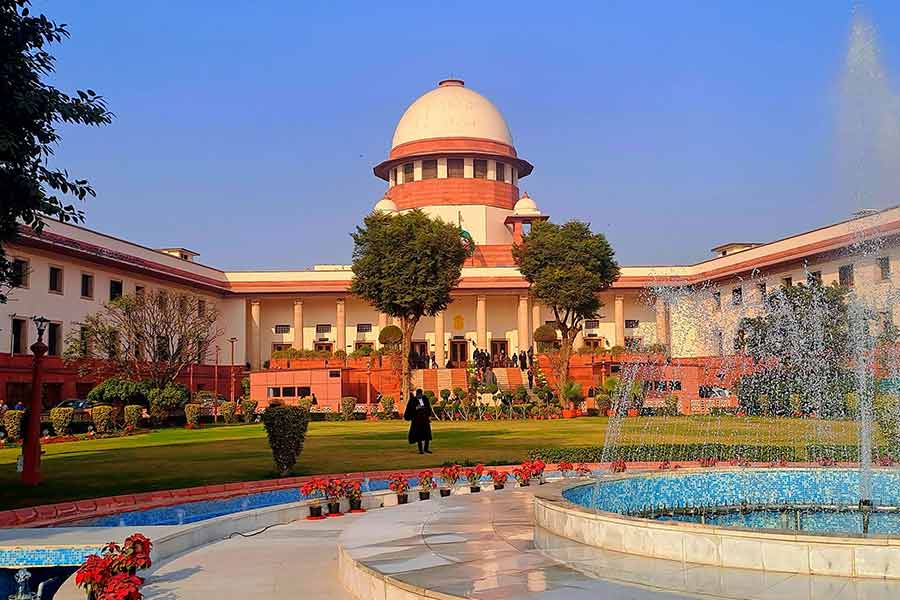Jal Shakti Minister C. R. Paatil on Friday said building new dams was no longer a feasible water management solution due to high costs, land acquisition hurdles and shrinking river flows.
He urged states to align with the Centre’s conservation-driven approach.
“We all know water gives life, but it also gives destruction when we fail to manage it,” Paatil said at the inauguration of the Ministry of Jal Shakti’s two-day summit on ‘Vision for Sujalam Bharat’.
Noting India’s persistent water imbalance, he said, “We have 18 per cent of the world's population and livestock, but only 4 per cent of global freshwater resources. We need water every moment, but we have not been able to organise it properly.”
Paatil argued that large dams were becoming impractical.
“We have more than 6,500 dams, but we still store only about 750 BCM of water. It takes 25 years and Rs 25,000 crore to build a dam. Do we have that much time? Do we have that much money?” he said.
He added that high costs, acquisition delays and declining river flows were major obstacles.
He said the government had shifted focus to water conservation, community participation and groundwater recharge through the ‘Jal Sanchay Jan Bhagidari’ (JSJB) initiative and the Jal Shakti Abhiyan.
Paatil highlighted what he called a surge in JSJB structures. “In the first 10 months, against the target of 10 lakh structures, people built 27.5 lakh,” he said, adding that this year’s target was one crore.
He also urged states to make full use of MGNREGA funds allocated for water conservation. Citing examples from Gujarat and Rajasthan, he said community-led work was showing results.
In Banaskantha, he said, the NGO Vantara and farmers built 30,000 recharge structures, helping revive drying wells. “Government alone cannot do this. Water is not just a state subject, but it is the responsibility of all of us,” he said.
He urged officers to prioritise work over positions. “Put your talent to national service,” he said. “If you put your vision on the ground, you can do great work.”
Minister of State for Jal Shakti Raj Bhushan Choudhary said India’s groundwater status demanded urgent intervention, with nearly 29 per cent of assessed units falling into ‘over-exploited’ or ‘critical’ categories. He cited steep declines in Punjab and Haryana.
“These realities call for a cohesive, science-driven, and sustainable water management strategy,” he said.
He added that conservation and artificial recharge were central to the government’s water-security plan, with initiatives such as the Jal Shakti Abhiyan and JSJB turning water stewardship into “a shared national responsibility”.
Choudhary said the ‘Catch the Rain’ campaign had delivered “extraordinary results”, reporting 1.94 crore water-related works since 2019 and mobilising more than four crore youth.
He also pointed to health improvements linked to Namami Gange. Better water quality in Uttar Pradesh and Bihar, he said, had reduced diarrhoea, dysentery and enteric fever cases.
“Water security is not only an environmental or economic issue. It is a matter of dignity, health and social equity,” he said.
Minister of State V. Somanna said India must combine traditional knowledge with modern tools to secure long-term water availability.
He said 82 per cent of rural households now had tap water under Jal Jeevan Mission and six lakh villages had achieved open defecation-free status under Swachh Bharat.
Grey water treatment had reached 91 per cent of villages, he said, guided by the “reduce, reuse, recycle” approach.
He cited Karnataka's Narayanapura Left Bank Canal SCADA system as an example of efficiency gains through technology, and the stepwell at the Ayodhya temple as proof that older designs remained relevant.
“Sujalam means abundance,” Somanna said. “Our challenge is to convert a limited resource into an abundant one.”


